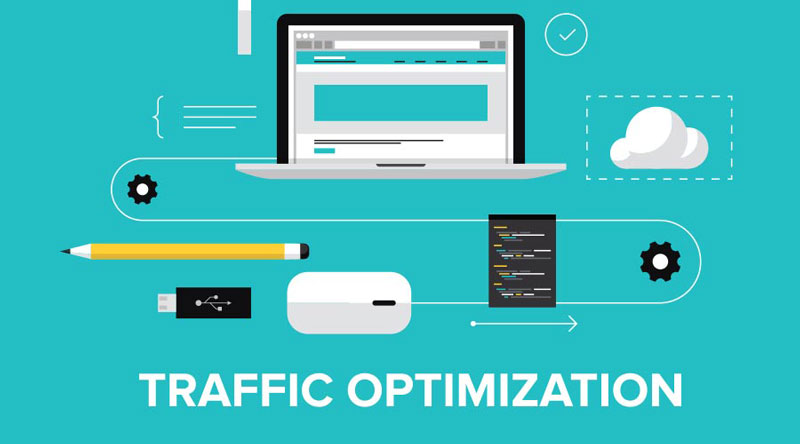
Web design is a tricky thing. There’s the challenge to get the site looking aesthetically appealing so that it appeals to the website’s brand, the website’s audience and that it will generate conversions. There are several factors that need to be considered such as font design, images, web page layout, forms, call to actions and more. Web design agency Pixelstorm want you to consider implementing the following tips to your website’s design so that your site will get more conversions.
Design a landing page that will increase your site’s conversion rate.
You want your site to be a conversion machine. To achieve this, the site’s landing pages need to be designed in a way that provides a positive user experience through its ease of navigation, headlines, use of call to actions and its aesthetic design.
Check out sites in your industry and compare the types of landing page designs that are being used and to test the design to find out the impact on your site’s conversions.
Mobile First Web Design.
More users of the web are browsing and engaging with content on mobile devices such as smartphones and tablets. By prioritising the mobile design of your website, the user engagement of your website should increase and improve conversion on the site. Sites such as Google and Facebook have prioritised mobile design because they realised early on that their users preferred to engage with their site’s content on mobile devices.
In light of these behaviours, Google is rewarding websites with increased visibility on search engines if their website is also optimised for mobile devices. (Google Developers platform provides a ‘mobile-friendly test’) Additionally, mobile apps and content can also be configured via Google’s Developers Console.
User behavior on mobile design is different to how people engage with website designs for desktops. The way people navigate through mobile content via ‘reading, scrolling, swiping and touch’ means that if the content isn’t optimised for the web user’s ease of use, they will leave the website without taking any type of action.
Website owners and managers need to spend time planning out how the content will be displayed on the site across different devices so that:
- Users will engage with the site for longer
- The site’s bounce rate will be reduced.
- Users will take more conversion actions on the site.
In order to achieve this, it is important to plan the wireframes and content architecture that will:
- Appear on each web page.
- Fall into the conversion funnel on the website.
- Identify the web design should be used on each web page.
Ensure that your website uses a professional, clean visual design.
The visual appearance on your site will make an immediate impact on the web visitors decision to engage with your website. Some considerations to keep in mind include:
- Keeping a consistent colour theme based on colour palettes or styling guides.
- Using nice font typography.
- Styling the content layout consistently, such as in single, double or triple columns.
The most important thing to keep in mind is that the visual design enhances conversions on the website.
Use clear ‘Call to Actions’
You want to ensure that your website’s visitors convert on the site. Some of the ways you can improve your site’s call to actions include:
- Placing call to action buttons throughout the website.
- Placing enquiry or submission forms across the website.
- Improving the call to action text from ‘submit now’ to a statement that tells the user the benefit that they will receive. (E.g. Get my ebook now!)
Improve the quality of your web content.
The quality of your content will improve the user experience on the website. To achieve this, the website’s content needs to be informative and valuable to the user. The content needs to be written in the right tone and language for the target audience. For example, if you publish a detailed how to guide on the product or service that you offer, the lead that contacts you will already be well-informed about what your business offers and will be ready to proceed with the sale.
Improve the speed of your website.
Many people are unaware that their website’s page loading time is costing them valuable customers and subscribers. If your website isn’t loading in less than two seconds, it is likely that you are losing visitors before they have even had a chance to see your website. You can run speed tests using Pingdom Tools to see how quickly your site’s content is loading. If it is running too slow (loads in over 2 seconds), you will need to take action immediately!
Entice your visitors with an irresistible offer.
Get more conversions by offering your site’s visitors a lead magnet in exchange for their contact details. For example, your site might offer an ebook in exchange for the visitor signing up to your business’s newsletter.
Investing in the right web design will improve your website’s chance of user engagement and it will also help to deliver high conversions from web visitors. Prioritise web design planning with your own internal web design team or partner with an experienced agency like Pixelstorm today!

